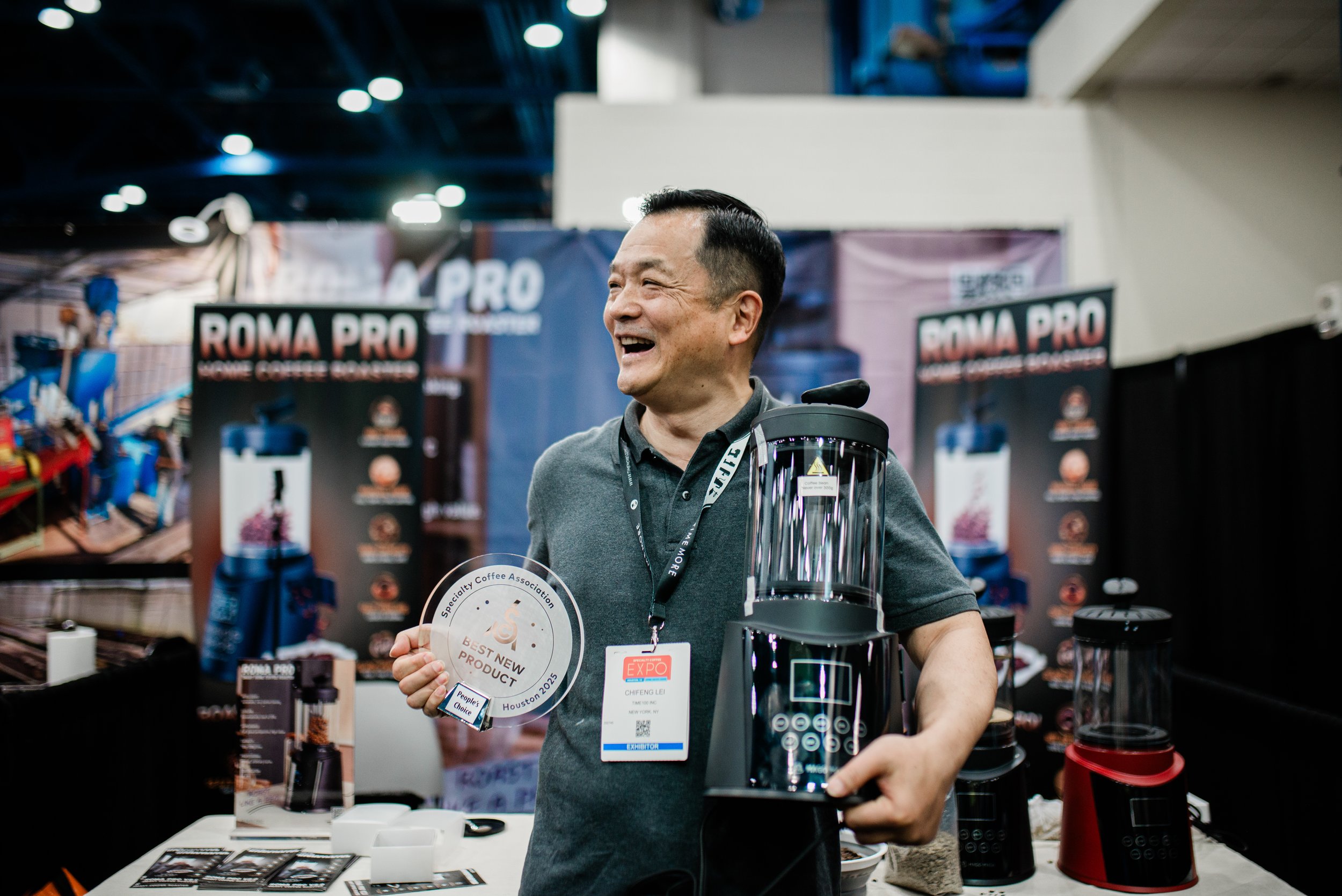:max_bytes(150000):strip_icc()/20250522-SEA-ChickenSkinTip-MaureenCelestine--1f20f079ba8a43adaa92e30b420e575a.jpg?ssl=1)
:max_bytes(150000):strip_icc():format(jpeg)/20250522-SEA-ChickenSkinTip-MaureenCelestine--1f20f079ba8a43adaa92e30b420e575a.jpg)
- For chicken with crisp skin and juicy meat, start it in a room temperature skillet and let the heat rise slowly until the chicken is cooked through, flipping every few minutes.
- This stovetop cooking method works with breasts or thighs, skin-on or skinless—just brush with oil if there’s no skin.
Chicken gets a bad rap—and honestly, it deserves it. Cooked poorly, both breasts and thighs turn dry and stringy and taste like a napkin. The fix? It’s not more oil, a marinade, or a magical thermometer. It’s actually way simpler: start them cold.
No, really. Whether you’re cooking breasts or thighs, skin-on or skinless, the key to ultra-juicy, perfectly cooked chicken is putting it straight into a cold skillet—not preheated, not sizzling hot, just room temp. Then—and this is key—let the heat rise gradually and flip often. For skin-on cuts, that means golden, crackly skin; for skinless, it means even browning and tender, juicy meat. Either way, you’ll get chicken that cooks through more gently and reliably than it would with the standard high-heat approach.
Why Cold-Start Searing Works
Traditional cooking wisdom tells us to cook chicken hard and fast: Sear it in a ripping hot pan, flip once, and hope it cooks through without drying out. But here’s the thing: high heat is not your friend when working with lean proteins. High heat is a blunt tool—especially for lean proteins, such as chicken breasts. It shocks the meat, forcing the muscle fibers to contract, squeezing out moisture and leaving you with dry, rubbery results.
Cold-start searing rewrites that script. Placing the chicken skin-side down in a cold, dry skillet and gradually bringing the heat up allows the fat to render slowly and evenly. The skin essentially confits in its own fat, turning crisp and golden while the meat cooks gently and stays tender.
And once you start flipping every few minutes, that’s when the magic happens. Frequent flipping regulates surface temperature and promotes even cooking—neither side gets a chance to overheat or dry out.
Serious Eats / Maureen Celestine
Science in Action: Moisture, Maillard, and Muscle Fibers
When you cold-start chicken, you’re managing these three things well:
- Moisture retention: Because the heat builds slowly, the muscle fibers don’t tense up as quickly, so they retain more water, as mentioned above. That’s huge for juicy meat.
- Even browning: The rendered chicken fat in the pan helps the skin crisp slowly and evenly, giving you that crackly, golden crust without burning. This is classic Maillard reaction territory—the surface browns as amino acids and proteins react under heat.
- Gentle protein denaturing: The gradual heat helps the proteins in the meat denature more gently. Instead of seizing up, they relax into place, holding onto juices, resulting in a tender texture throughout.
Step-by-Step: How to Cold-Sear Chicken
This method works for both breasts and thighs—skin-on or skinless—with a few minor adjustments:
For Skin-on Chicken Thighs (Bone-in or Boneless)
1. No oil needed. The skin will render plenty of fat on its own.
2. Place cold chicken thighs, skin-side down, in a dry, cold skillet.
3. Turn the heat to medium-high. Let it cook undisturbed for 8 to 10 minutes until the fat is mostly rendered from the skin and the skin is light golden, then reduce the heat to medium.
4. Continue cooking, flipping every 2 to 3 minutes, until thighs are deeply golden and cooked through to at least 175°F.
Alternatively, after crisping the skin, finish cooking in a 375°F oven, skin-side up, for a more hands-off approach.
For Skin-on Chicken Breasts
1. Brush all over with oil. Use about 2 tablespoons to coat about 2 pounds of meat, skin included. Unlike thighs, breasts don’t render as much fat, so adding oil helps things along.
2. Place the chicken skin-side down in a cold skillet.
3. Turn the heat to medium-high and cook for 3 to 5 minutes until the skin begins to crisp.
4. Flip and cook for another 3 minutes, until both sides are lightly browned.
5. Reduce heat to medium and continue flipping every 2 minutes until the thickest part registers 150–155°F. Let rest for 5 minutes before slicing.
For Skinless Chicken (Breasts or Thighs)
1. Oil is essential. With no skin to render fat, brushing the meat with oil prevents sticking and encourages browning.
2. Start in a cold skillet and follow the same timing as above: sear both sides for about 3 minutes each on medium-high, then reduce the heat and flip every couple of minutes until fully cooked (150–155°F and about 15 to 18 minutes for breasts; at least 175°F and about 22 to 22 minutes for thighs).
Pro tip: Want extra flavor? In the last few minutes, toss in a knob of butter, some smashed garlic cloves, or a handful of fresh herbs (any combination will work). Baste the chicken with the sizzling fat for a glossy, aromatic finish.
Why You’ll Never Go Back—Plus Recipes to Get You Started
This technique delivers everything you want from a piece of chicken—crispy skin, juicy meat, and a gentle, controlled cook. It works for any cut, skin-on or not. It doesn’t require the oven (unless you want it to). And it’s nearly foolproof. Test it out with my recipe for boneless chicken breasts with bulgur salad or this easy one-pan Mediterranean chicken thighs with chickpeas.
Once you try cold-start chicken, you won’t just taste the difference,you’ll feel it: that rare, triumphant moment when simple technique turns a bland chore into something truly delicious. Who knew starting cold could be the hottest trick of all?




:max_bytes(150000):strip_icc()/2025060925-ZucchiniPancakes_Melati_Citrawireja18-SEA-hero-b8a4297a3bd24d57a80af276aaf0415b.jpg?w=336&resize=336,220&ssl=1)

